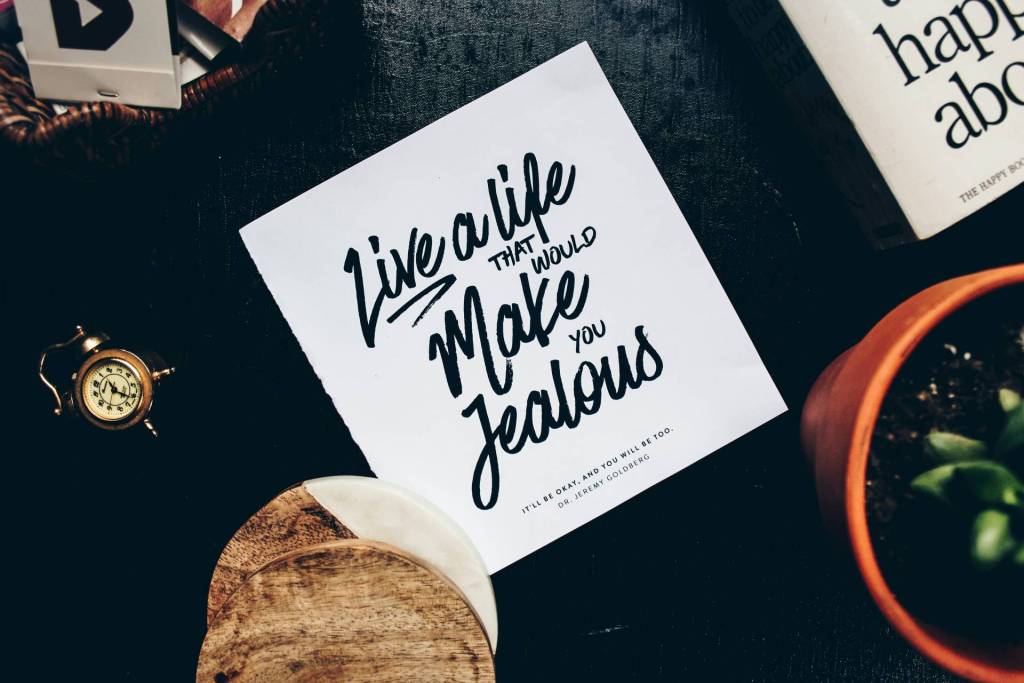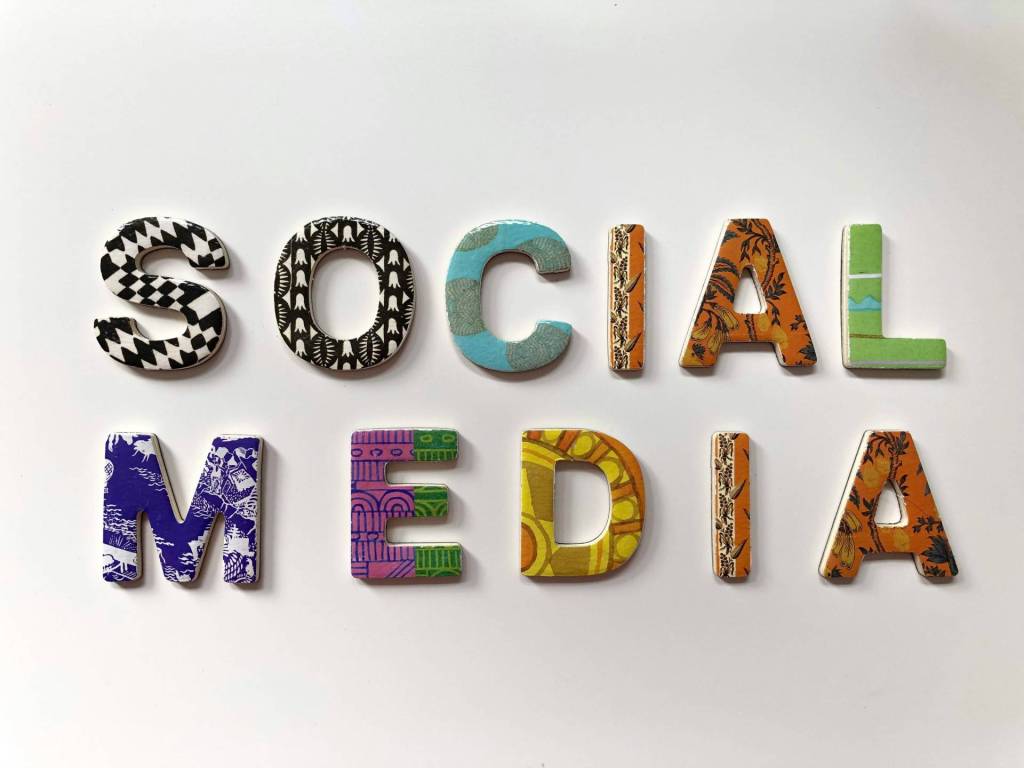Steps to building a lasting personal brand on social media imply adding value to people’s lives and strength to your brand at the same time.
Here are eight steps to building a lasting personal brand on social media.
1. Define your brand character.
Personal branding on social media implies adding value to people’s lives. It’s all about digital transformation.
You will never thrive on social media if you do not know your unique selling point and what makes you unique. Determining your specialty should be your first step. Think hard and deep; this will influence your self-branding for years.
Just because you’re a rock star marketer or a yoga guru doesn’t mean you’re a rock star marketer or a yoga expert. You will need to be an expert in goat yoga, pregnant yoga, or Aerial yoga (yeah, it is a thing). Maybe not goat yoga.
2. Speak in their voice (but be a leader).
The next stage is to consider your audience. Ask yourself what language they use, value, and how they feel about significant problems. Select the perfect substance, tone, and themes to connect with them.
Just don’t copy your audience; otherwise, it will seem false. Mirroring your audience might backfire. It may convert affection into mockery.
Likewise, provide value where your audience expects it. Lead.
For example, Ash Ambirge understands her audience. No one wants to be her. She finds if they don’t like her visuals and profanity they aren’t her intended audience.
3. Focus on specific channels. Ditch the rest.
Trying to be on every central platform can tire you out in a day, so be judicious. The most crucial guideline is listening (another reason you need to know who they are).
Things to consider while selecting a social media platform:
- Social media giant Facebook is a personal branding mainstay, but Gen Z thinks it’s outdated. This is not the channel for Millennials.
- LinkedIn is about establishing authority. You may collect endorsements and thought leadership articles in the Publisher section.
- Instagram is the place to be if you work in a visual field (photography, art, cuisine, design). It’s also great for realtor branding. However, the sub-reddits are far more focused.
- Twitter is also an excellent place for instant updates (think news channels).
- Pinterest is great for marketers, life coaches, and real estate agents who want to promote themselves.
- A good video can go viral faster on TikTok than any other channel. Don’t be scared to break the mold. For example, Patrick McGeehan, a lawyer, has nearly 41,000 followers on TikTok.
4. Select page or profile.
If you use Facebook, you must decide between a Facebook Page and a Facebook Profile.
You may run advertisements and submit commercial material on a page with greater authority. But a Profile is more personal. A Profile account is simpler to follow, has more organic reach, and cannot join a group. It’s a personal branding requirement.
Begin with a Profile account to build a community and gather connections, then upgrade to a Page when you reach a critical mass. But it’s up to you.
5. Finish your personal branding social media accounts (or people will go elsewhere).
Complete the fields for each social media account.
People examine your bio/profile to verify your identity; therefore, leaving it incomplete damages your authenticity and deters confidence.
Include your full name and a recent picture of yourself, not a posed one in a foggy field of sunflowers. Use your brand logo.
Take a cue from Vanessa Lau, whose LinkedIn page contains a detailed bio, reasons to trust her, and connections to her social media accounts.
Use the same username (or known variants) across all social media accounts to establish a social media identity. “Knowem” is an excellent tool for verifying social network availability. It’s the only way to succeed at personal branding.
6. Devote time to creating an enticing “headline.”
Your “headline” is a brief phrase that sums up your brand. You may use it in your header picture on various networks, such as LinkedIn, Twitter, and Facebook, as Amy Cuddy does.
In your Twitter and Instagram bios and your Facebook About and LinkedIn profile sections, you may elaborate on it.
Some individuals, like Amy, prefer a “keyword headline” that summarizes your significant accomplishments, hobbies, or areas of competence. Others favor a “power statement headline” that reflects your vision and ideals.
7. Maintain consistency.
Maintain a consistent appearance and experience across all of your profiles.
When it comes to deciding who to trust on social media, authenticity is everything. If your accounts, language, or style are inconsistent, it weakens your credibility.
Use the same cover and profile photographs. This includes utilizing the same profile and cover photographs, personal brand logo, and theme colors across all accounts.
On Instagram, you may use the same filter for all of your photographs, or you might publish the same image style on Pinterest.
8. Maintain a steady tone of speech.
You must also find a single consistent “voice.”
Of course, you should be yourself, but save your weird sense of humor for your accounts and be a little more serious about your brand.













